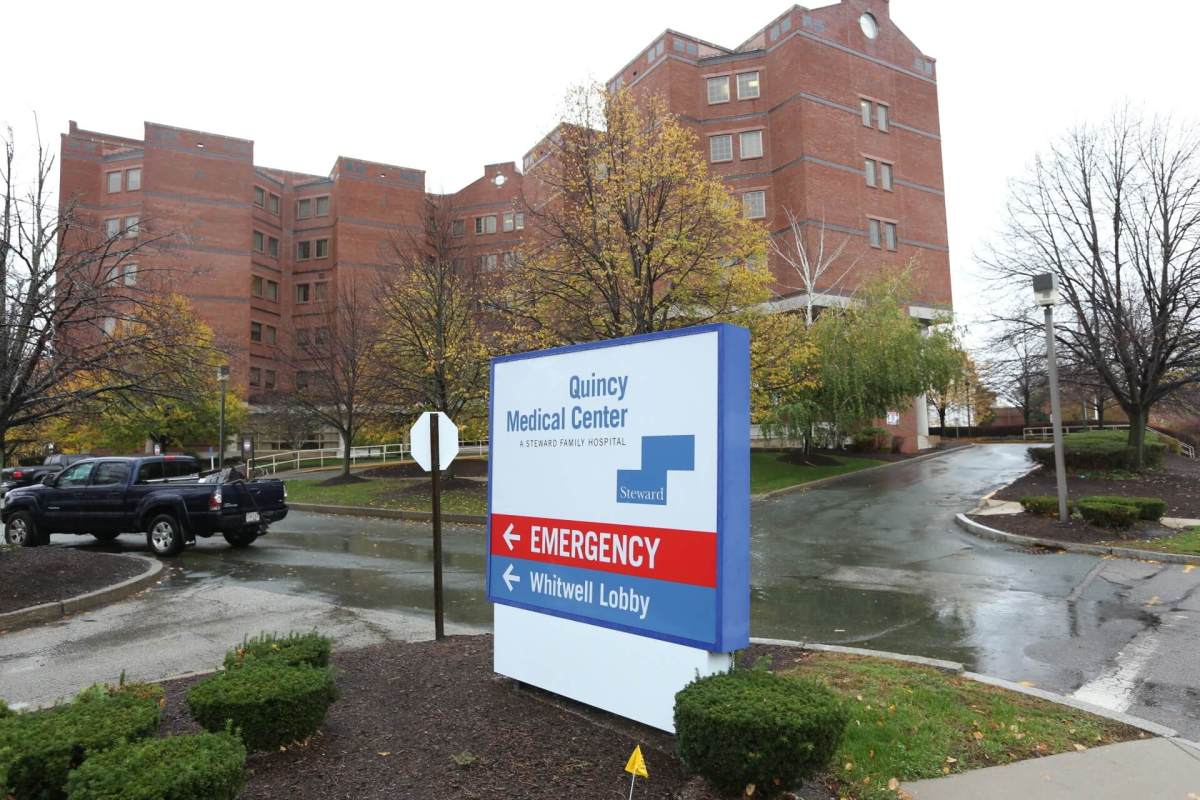Quincy Medical Center is closing down.
The center, which has 196 beds, plans on closing this Dec. 31 because it is financially unsustainable with almost $20 million in average annual losses, according to a statement from the president of its parent company. Dr. Mark Girard, president of Steward Hospitals, cited competition from Boston-area medical centers, cuts to Medicare reimbursements, underfunding of Medicaid, and precipitously declining patient volume as the main drivers behind the closure. “On an average day, only 1/5 of all beds are occupied and it has become abundantly clear that local residents no longer seek inpatient services from Quincy Medical Center,” he said.
The center’s parent company, Steward Health Care System LLC, plans to move the center’soperations to a “more sustainable outpatient health care delivery network” in Quincy.
During the past twenty years, according to a statement from Steward, the centerhas faced serious financial hardships leading to city and state bailouts of more than $100 million and ultimately federal bankruptcy. Since 2011, Steward has invested an additional $100 million in the hospital, but it has operating losses of nearly $20 million a year because the overwhelming majority of patients, especially commercial patients, leave Quincy for inpatient care and those who do use the centeruse the hospital primarily for outpatient services. Within 10 miles of the center there are are 15 acute care hospitals, 12 surgery centers, 21 urgent care centers, more than 150 nursing home providers, more than 500 physician offices and 130 outpatient behavioral health sites. The center’s employees will be paid for the next 60 days, according to a press release. It was not immediately clear how many people would be losing their job as a result of the center’s closure. The new outpatient delivery system, according to Steward, will include: a new 24-hour Emergency Department, a separately sited state-of-the-art urgent care center, multi-specialty clinic in Quincy, radiological services including X-Ray, mammography, CT, and ultrasound, as well as a multi-point transportation plan.
Quincy Medical Center to close

Nicolaus Czarnecki/Metro

























